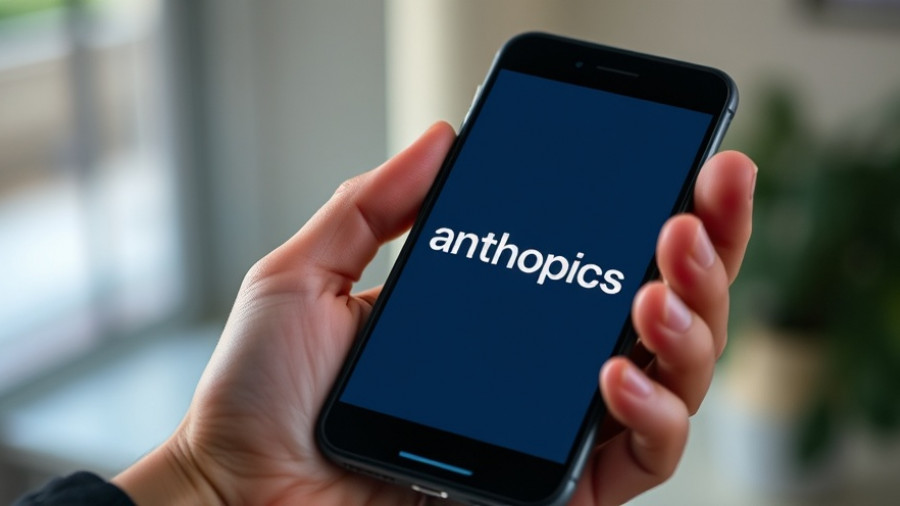
A New Era for AI Gaming?
The gaming world has never seen anything quite like it. OpenAI's GPT-5 has shattered records by completing the classic Pokémon Red in just 6,470 steps, leaving its competitors, including ChatGPT-o3 with a time of 18,184 steps, far behind. This achievement highlights a rapid evolution in AI capabilities, particularly in the realm of gaming, where predictive algorithms and problem-solving skills are pushed to the forefront.
Unpacking the Achievement
To put this record into context, 6,470 steps translates to roughly seven days of gameplay, a significant contrast to the over 15 days taken by its nearest rival. The difference isn't just numerical; it signals a shift in how AI models approach tasks that were previously thought to challenge their capabilities. Earlier this year, models like Gemini 2.5 and Claude 3.7 struggled just to complete the game, let alone do so efficiently. The rapid advancement from completing a game to mastering it in record time suggests an intriguing trajectory for AI development.
Learning from the Best: Tactics Employed by GPT-5
Interestingly, GPT-5 used a straightforward yet effective tactic during its run: focusing on leveling up a single Pokémon while neglecting others. This strategy, often favored by young players, shows that even advanced AI can succeed by leveraging basic gaming tactics. This approach not only raises eyebrows about the validity of AI in sportsmanship but also opens discussions about how AI's performance resembles conventional gaming experiences.
Broadening AI’s Gaming Portfolio
The implications of this achievement extend beyond just Pokémon. GPT-5's performance suggests that it could tackle even more complex games, with Pokémon Crystal set to be the next challenge. This sequel boasts double the content of its predecessor, posing numerous challenges that could further test the boundaries of AI capacity. As these models continue to improve, the expectations for AI's competence in gaming will only increase.
The Future of AI Gaming
Looking forward, the trajectory seems promising. With each new model, we witness substantial enhancements in problem-solving capabilities and gameplay efficiency. The AI community is buzzing with speculation on how quickly these models will adapt to new challenges and how they might revolutionize gameplay as we know it. Think about the possibilities: AI could one day create nuanced strategies rivaling those of the best gamers in the world.
Concerns Over AI Gaming: A Double-Edged Sword
However, the rise of AI in gaming does come with its share of controversies. As these models become increasingly proficient, questions arise about the authenticity of gameplay and what it means for human players. There are concerns that if AI continues on this trajectory, it could overshadow human accomplishments in gaming. Could the essence of gaming be lost as AI takes bigger strides?
Engagement with the Community
AI's ascension in gaming has led to engaging community discussions online. Livestreams of AI models trying their skills at games like Pokémon are becoming increasingly popular on platforms like Twitch. Channels such as GPT_Plays_Pokemon have garnered significant viewership, as audiences tune in to watch AI tackle beloved classics in real-time. These interactions provide a unique lens through which fans can observe and question AI methodologies in gaming, inviting discourse on its implications and future.
As we continue to follow advancements in AI, staying updated on progress and discussions becomes crucial. The advancements made by GPT-5 mark a significant moment in AI and gaming synergy—promising not only practicality in gaming but also raising philosophical questions about the growing capabilities of AI in human entertainment.
In this rapidly evolving landscape, staying informed is essential for AI enthusiasts. Subscribe today for all the latest insights on AI developments, including future benchmarks and what they mean for enthusiasts everywhere.
 Add Row
Add Row  Add
Add 




Write A Comment